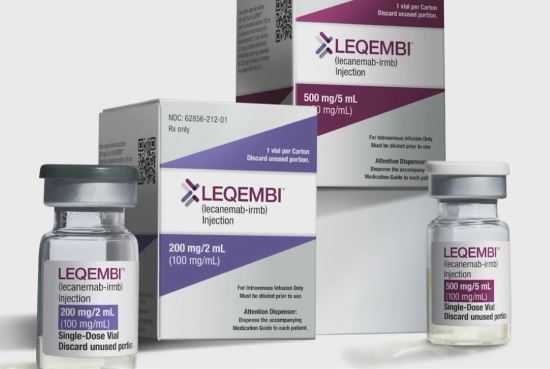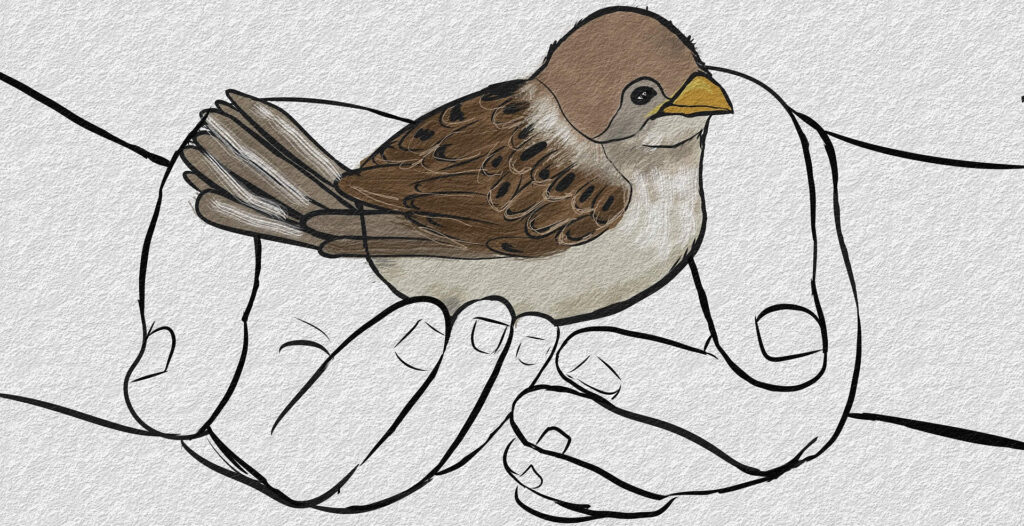By Luciana Mitzkun, Community Services Director
People living with dementia are earnest, often allowing us to see the purest essence of their humanity in the most delightful ways. And no other activity can bring out their joyous side with more consistency than visiting with a pet.
I always look forward to those days when a volunteer or a family member brings a dog to Villa Alamar, our memory care community in Santa Barbara, for pet therapy. I do love dogs, but I love even more seeing the immediate effects of their presence in the faces of residents. They glow.
I watch them as they focus clear-eyed on the canine, as if the constant confusion that fogs their days had instantly lifted. They are all awe, and smiles, and giggles, and feelings of warmth and goodness. They want to dig their hands into the soft fur and look the animal in the eyes, and shake paws, and rub noses. Some dogs seem to revel in the attention and reciprocate the affection, making the exchange even sweeter. There is sheer, unabashed joy in these encounters during which dementia does not seem to matter.
On those magical moments you can almost get knocked out by the waves of endorphins rushing through the air. Happiness is irresistibly all around you, and you can’t help but feel good.
The good feelings elicited from the contact with the pet stay with our memory care residents. They remain uplifted and are most likely to have fewer episodes of anxiety or depression for hours after the encounter.
Pet therapy is quickly becoming a universally accepted strategy in promoting wellbeing for patients with dementia.
And if pets are so beneficial for dementia patients, could having a pet also help slow down cognitive decline? Researchers seem to think so, particularly for older adults who live alone.
Embracing new ways to help delay cognitive decline matters if we are to address two of the major epidemics we are currently facing: dementia and loneliness.
Risks for dementia increase with age. It is estimated that the number of people affected with dementia in the world will triple over the next 30 years, and there are no effective therapies to successfully reverse cognitive decline or treat dementia. Older adults living alone are at a 8.9% higher risk of developing dementia. Given the recent rise in single-occupant households—in 2021, approximately 30% of households in the US and in the UK were single-person households—loneliness should be considered a public health hazard.
This is where pets can help bridge the gap!
Pet ownership has been associated with slower rates of verbal cognitive decline for people living alone. In a recent study of nearly 8,000 adults over the age of 50, participants were tested for verbal cognition, verbal memory, and verbal fluency, which are markers related to overall cognitive impairment. Over the span of eight years, participants without pets who lived alone showed a faster rate of cognitive decline. Participants living with others without a pet and pet owners living alone did not. Curiously, pet ownership did not appear to make any difference in the rates of decline for those living with others.
In the study, which was published on the Journal of American Medical Association (JAMA) on December 26, 2023, and used data obtained from the English Longitudinal Study of Ageing (ELSA), researchers conclude that pet ownership offsets the loneliness gap for people who live alone, having such benefits to cognition equivalent to living with other people.
This is great news for those concerned about cognitive health for themselves or for their loved ones. Living alone significantly increases dementia risks. While changing a household situation to include others may not be feasible or something easy to do, adding a pet requires just a few adaptations. The resulting companionship may completely mitigate the higher risks of cognitive decline related to living alone.
Considering the joy and feelings of wellbeing that pet therapy brings to residents in our memory care, the notion of pet ownership helping slower rates of cognitive decline for people who live alone makes total sense. For our residents, visiting with dogs effectively fosters positive feelings and helps reduce stress and anxiety. I call pet therapy a powerful dementia neutralizer.
The study did not investigate what kind of pets the participants had, or if there was a difference in benefits between different kinds of pets. However, as it is true for all healthy activities’ choices, it is safe to assume that the most helpful pets are the ones you personally enjoy the most.
So, all dog lovers like myself, enjoy your canine companion. Cat lovers, stick with felines. Bunny lovers, and so forth, don’t be bashful. There are wonderful pets of all shapes and sizes, and species. The important thing is having that little creature living with us knowing that it is not just for a free ride in our household, but for being a very important partner in combating social isolation, mitigating loneliness, and slowing down cognitive decline as we age.
Sources:
-
- GBD 2019 Dementia Forecasting Collaborators. Estimation of the global prevalence of dementia in 2019 and forecasted prevalence in 2050: an analysis for the Global Burden of Disease Study 2019. Lancet Public Health. 2022;7(2):e105-e125. doi:10.1016/S2468-2667(21)00249-8
- Desai R, John A, Stott J, Charlesworth G. Living alone and risk of dementia: a systematic review and meta-analysis. Ageing Res Rev. 2020;62:101122. doi:10.1016/j.arr.2020.101122
- Li Y, Wang W, Zhu L, et al. Pet Ownership, Living Alone, and Cognitive Decline Among Adults 50 Years and Older. JAMA Netw Open. 2023;6(12):e2349241. doi: 10.1001/jamanetworkopen.2023.4924
 Luciana Mitzkun
Luciana Mitzkun
is a public health educator, mediator, author, and memory care specialist with over 25 years of experience in brain health, memory, and dementia care. Luciana was the Alzheimer’s Association educator and care specialist in Santa Barbara, where she developed educational and supportive programs for families and professionals caring for those affected with dementia. Luciana serves is our Director of Community Services, aways available to provide family support and health education. She is the author of Ahead With Dementia, A Real-World, Upfront, Straightforward, Step-by-Step Guide for Family Caregivers













